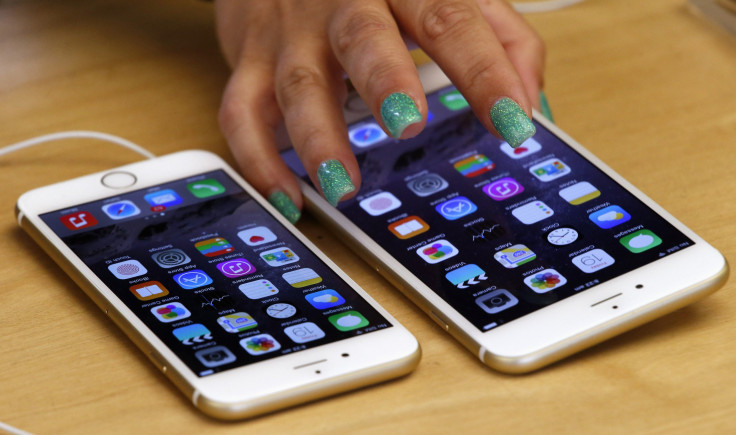iPhone 6 Plus touch disease: Apple finally admits fault and offers repair for damaged devices

Apple is finally responding to “touch disease” claims by providing an official avenue of repair. Users of the iPhone 6 Plus whose devices have been struck by this issue will be able to have their smartphones fixed for a particular price.
“Touch disease” occurs when a flickering bar appears at the top of the phone’s display and the touchscreen feature stops responding completely. Apple has issued a statement saying this occurs with the iPhone 6 Plus whenever the unit hits a hard surface multiple times and correspondingly faces additional stress. Because of the widespread claims, the Cupertino-based company is now offering its repair services.
The repair is quite costly at US$149 (AU$204). In addition to the fee, Apple has required that all units up for repair must be in working condition, without a cracked or broken screen. The company also stated that previous customers who have already paid for the repair via Apple or an Apple Authorized Service Provider will be contacted and reimbursed for the difference.
According to repair tech site iFixit, however, the issue is not necessarily a problem with users dropping their devices and the stress that is made to the iPhone 6 Plus. Instead, the company alleged that the trouble is in the design itself. The touch disease is essentially inherent with the handheld.
The design placement of various touchscreen-related chips are supposedly the cause of touch disease. These chips become dislodged even with standard use, which is why the screen itself becomes unresponsive after some time. Some iPhone 6 devices have also claimed the same issue, but Apple is only willing to fix iPhone 6 Plus devices at this time.
READ: Apple iPhone upgrade: Camera may soon boast of new feature
In August, three California users launched a suit against Apple over the touch disease issue. The case outlined that the Cupertino-based company knew about the flaw, yet refused to take the necessary steps to correct this. Since its initial filing, the lawsuit has expanded to include a case from Utah.





















